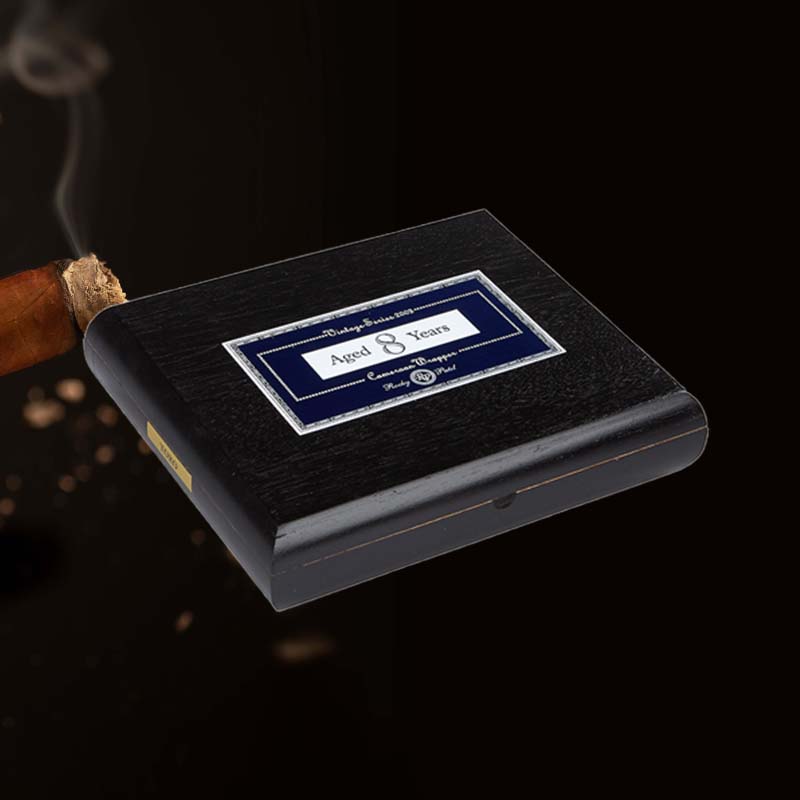How to make a torch lighter work again
Introduction: Fixing That Jet Lighter You Love
As a cigar enthusiast, my trusty torch lighter is as vital to my hobby as the cigars themselves. I can’t tell you how many memorable evenings I’ve had, savoring a fine cigar while my torch lighter did its job magnificently. But when it suddenly stops working, it feels like losing a loyal companion. Instead of worrying about a replacement, I learned a few handy skills to revive it. Let me take you through the process of bringing that cherished torch lighter back to life!
Understanding the Importance of a Functional Torch Lighter
Having a reliable torch lighter is crucial for any aficionado. Whether it’s for lighting up a special cigar or enjoying a campfire outside, you need a lighter that works flawlessly. A functional torch lighter not only gives you the convenience of hassle-free lighting but also adds sophistication to your smoking experience.
Step 1: So What You’ll Need for This
Essential Tools and Materials
- Butane fuel
- Screwdriver set
- Cleaning cloth
- Compressed air (optional)
- Replacement flint (if necessary)
Step 2: Ok Diagnosis Time Doctor
Identifying Common Problems
Before jumping into repairs, I had to assess the situation. Common issues include:
- No spark when pressing the ignition button.
- Weak or inconsistent flame.
- Flame height issues – too high or too low.
Step 3: Opening Your Lighter Up
Carefully Disassembling the Torch Lighter
With a steady hand, I grabbed my screwdriver and gently opened the torch lighter. I made sure to keep screws in a safe place to avoid losing them. The intricate inner workings of my lighter were fascinating, and I took care to document my disassembly process in case I needed to refer back.
Step 4: Adjusting the Spark
Tuning the Ignition Mechanism for Optimal Performance
The spark igniter was the next focus. I ensured that it was clean and free from debris. Adjusting the spark mechanism involved:
- Checking the flint’s condition.
- Tightening any loose screws related to the ignition.
- Cleaning the spark gap carefully.
Step 5: So I Did That, But I’m Not Getting Anywhere
Troubleshooting Additional Issues
If you find yourself still struggling, consider looking at gas flow. You might need to adjust the intake valve or check for any blockages that could hinder optimal performance.
Step 6: Putting It Back Together
Reassembling the Torch Lighter
With everything cleaned and adjusted, I carefully put my lighter back together, retracing my steps in the assembly process. It’s a satisfying moment when all parts come together smoothly!
Step 7: I Do Believe We’re Done
Final Tests Before Next Use
Before I filled it with butane, I performed a test to ensure everything was functioning properly. Seeing the lighter spark to life was incredibly rewarding!
Things You Should Know
Safety Tips When Handling a Torch Lighter
Always handle your lighter with care, especially when disassembling and refilling. Working in a well-ventilated area and keeping flammable materials away is critical to ensuring safety during repairs.
Expert Q&A
Common Questions About Torch Lighter Repairs
Often, friends ask me about common problems they encounter. They frequently wonder how to fix a spark issue or why their butane lighter might not ignite. Knowing that so many share this experience makes me feel connected in this small community of aficionados!
Video
Tutorial on Repairing a Torch Lighter
Although I prefer hands-on techniques, I find that watching tutorial videos can sometimes offer insights that books can’t. Look for step-by-step videos on YouTube as additional resources!
Tips
Maintenance Tips to Prevent Future Issues
- CLEAN your lighter regularly.
- BLEED the tank when refilling.
- USE high-quality butane.
Warnings
Safety Precautions to Avoid Damage
Avoid overfilling your lighter or using the wrong type of fuel, which can lead to malfunction. Always check for leakage around valves.
5 Common Issues That Torch Lighter Won’t Light, How to Fix?
Quick Fixes for Frequent Problems
- Replace the flint if it’s worn down.
- Clean or replace clogged nozzles.
- Adjust the flame height settings.
Maintaining Your Torch Lighter: Cleaning, Bleeding, Refuelling
Steps to Ensure Longevity of Your Lighter
Simple, routine cleaning and proper refilling can drastically improve the lifespan of your lighter. Be sure to bleed the lighter before refilling to maintain optimal performance.
Use High-Quality Butane
Choosing the Right Fuel for Performance
Opting for premium butane significantly affects your flame quality. It also helps in preventing gunk build-up which can clog the lighter.
Check the Flame
Observing the Flame Behavior for Issues
Look for irregular flame patterns. A healthy flame should be steady with a bright blue color. Yellow flames might indicate incomplete combustion—something to fix!
Check the Flint
Determining Flint Condition and Replacement
If your lighter isn’t sparking, it might be time for a flint replacement. A dull flint won’t produce a spark, so it’s best to keep spares on hand.
Bleed the Tank Before Refilling
How to Properly Bleed a Torch Lighter
To bleed your lighter, hold it upside down and press the valve gently until no more gas is released. This ensures a clean refill without pressure build-up.
Wait for Your Lighter to Warm Up After Refilling
Understanding Temperature Effects on Operation
After refilling, let the lighter sit for a few minutes. Colder butane takes longer to ignite—this patience can make all the difference!
FAQ
How do you fix a torch lighter that won’t spark?
Check the flint and ignition mechanism. A dirty or worn flint usually causes the problem.
What causes a torch lighter to stop working?
Common causes include empty fuel tanks, clogged nozzles, or worn-out flint. Regular maintenance can prevent these issues.
Why is my butane lighter not igniting?
This could be due to a faulty ignition system, an empty fuel tank, or pressure issues after refilling.
How do you burp a torch lighter?
To burp, hold your lighter upside down and gently press the bleed valve until gas stops escaping, reducing internal pressure before refilling.





















